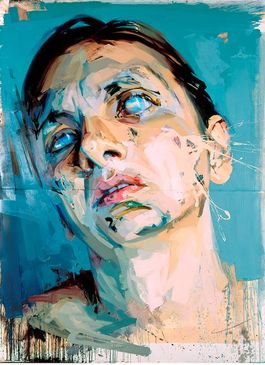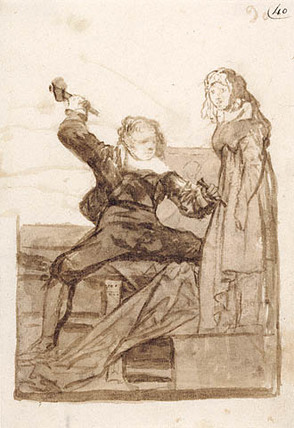 Many exhibitions seem too big, sometimes exhaustive — not as bad as a dry academic biography, which records all the facts but leaves out the life, but in need of editing that shows an artist at his or her best. For example, the J.M.W. Turner exhibition at the Metropolitan Museum in 2008 was exhausting and overstuffed with too-similar works. (And I am not the only one who felt that way.)
Many exhibitions seem too big, sometimes exhaustive — not as bad as a dry academic biography, which records all the facts but leaves out the life, but in need of editing that shows an artist at his or her best. For example, the J.M.W. Turner exhibition at the Metropolitan Museum in 2008 was exhausting and overstuffed with too-similar works. (And I am not the only one who felt that way.)
I have read of one — granted, I’ve not seen it — that seems to have the opposite problem. Images of the Artist, at the Getty Museum, contains only 41 works, and yet it has four sections that seem enlightening (and acessible).
Yes, the first section consists of self-portraits — that’s the part you’d expect, given the title. But from there the curators go to The Artist’s Life and Space, Allegories of the Artist, and Traces of the Artist. (That’s Goya’s Pygmalion and Galatea at left.) These are themes that illuminate art and artists in a human way.
The trouble is, you can’t really develop these themes with such few works. Especially when, the Getty says, the works span 500 years. Further, 35 of the 41 come from the Getty’s permanent collection. Only six are on loan.
So the good theme seems, from afar, a bit wasted.
It’s a good guess that the show was circumscribed by costs, in these difficult economic times, and driven by the need to use the permanent collection in new ways. But you have to wonder what this exhibit could have been, fully-formed.
Read more about the show here.
Photo Credits: Courtesy of the Getty Museum

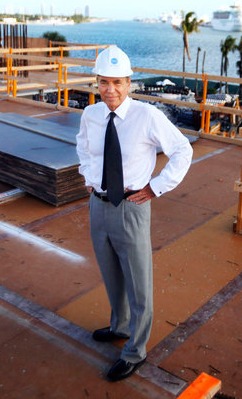 But essentially, the articles all say the same thing — Perez (left) is giving a total of $35 million, if he gets the naming rights. The board approved, in a 30 to 4 vote, and the deal is set. But others, including some trustees who resigned, disagree with the naming. They call it inappropriate, saying that it sends the wrong signal “as to what the museum is all about.” Some may reneg on promised gifts.
But essentially, the articles all say the same thing — Perez (left) is giving a total of $35 million, if he gets the naming rights. The board approved, in a 30 to 4 vote, and the deal is set. But others, including some trustees who resigned, disagree with the naming. They call it inappropriate, saying that it sends the wrong signal “as to what the museum is all about.” Some may reneg on promised gifts. 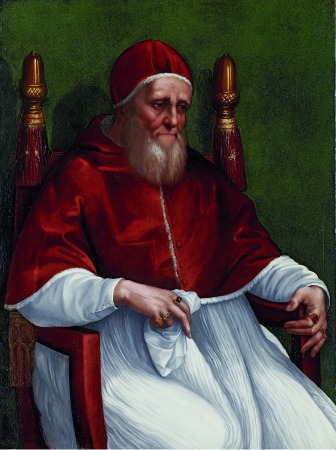 The Staedel’s version has been out of public view, though in its announcement the Staedel traced ownership back to 1905 — that is when it was auctioned at the Hôtel Drouot in Paris, part of the Bercioux collection.
The Staedel’s version has been out of public view, though in its announcement the Staedel traced ownership back to 1905 — that is when it was auctioned at the Hôtel Drouot in Paris, part of the Bercioux collection. 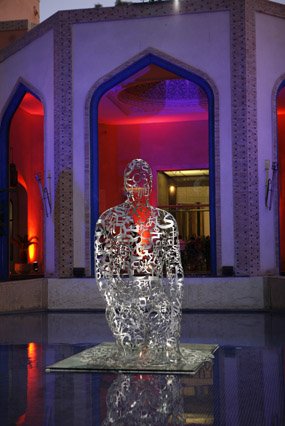 The male-female divide isn’t the only one that affects an artist’s success. It also matters where you live. If it’s a small country in terms of population, it’s hard to get attention beyond your borders. Think about it.
The male-female divide isn’t the only one that affects an artist’s success. It also matters where you live. If it’s a small country in terms of population, it’s hard to get attention beyond your borders. Think about it. 